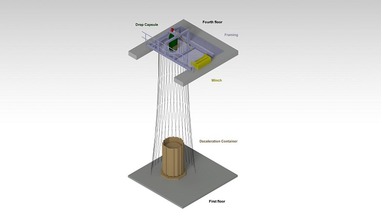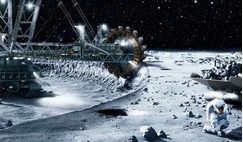 Issue #1(7) 2016
Issue #1(7) 2016
The planned drop tower at Baylor University strives for 1.5 seconds of high-quality microgravity environment targeting researchers as well as industry. Its design combines lessons learned as well as a low-cost design approach and is built on international collaboration between universities on two continents.
 Issue #1(7) 2016
Issue #1(7) 2016
The premise of this article is at the same time modest and rather shameless. It is modest as I, as a philosopher-mathematician, want to ask questions and not necessarily provide any of the answers...
 Issue #1(7) 2016
Issue #1(7) 2016
When it comes to a yet to be realised future of humanity as a multi-planet civilization, popular culture uses the scenario to address issues that humanity is dealing with today, as opposed to merely anticipating what we’re going to come up against tomorrow.
 Issue #1(7) 2016
Issue #1(7) 2016
Mankind’s activities in outer space have become increasingly numerous and complex and, as we approach the fiftieth anniversary year of the 1967 Outer Space Treaty, now provide vital space-based infrastructure for a diverse number of applications.
 Issue #1(7) 2016
Issue #1(7) 2016
Before Sputnik flew and before rocket launches into outer space had become commonplace, the distinction between science fiction and real world capabilities was crystal clear.
ROOM is an open forum for comment and opinion - and actively encourages contributions...
With suggestions for human flights to Mars by the 2030s grabbing media headlines, it is easy to overlook another major proposal for humankind’s next great leap.
If you’ve ever read the science fiction work of Isaac Asimov and Arthur C. Clarke, chances are the original book covers were painted by British space artist David A Hardy. He also worked with Sir Patrick Moore for over half a century, has created spaceships for Doctor Who and his art has featured in Pink Floyd gigs.
In the final year leading up to Rosetta’s approach to comet 67P/ChuryumovGerasimenko and subsequent landing of Philae, an outreach campaign was initiated and run by the European Space Agency (ESA) using a variety of media and techniques.
Outer space as a potentially hazardous area of human activities regularly sends us warnings - like the notorious meteorite shower in Chelyabinsk - that we are not ready to respond quickly and efficiently to challenges from space.